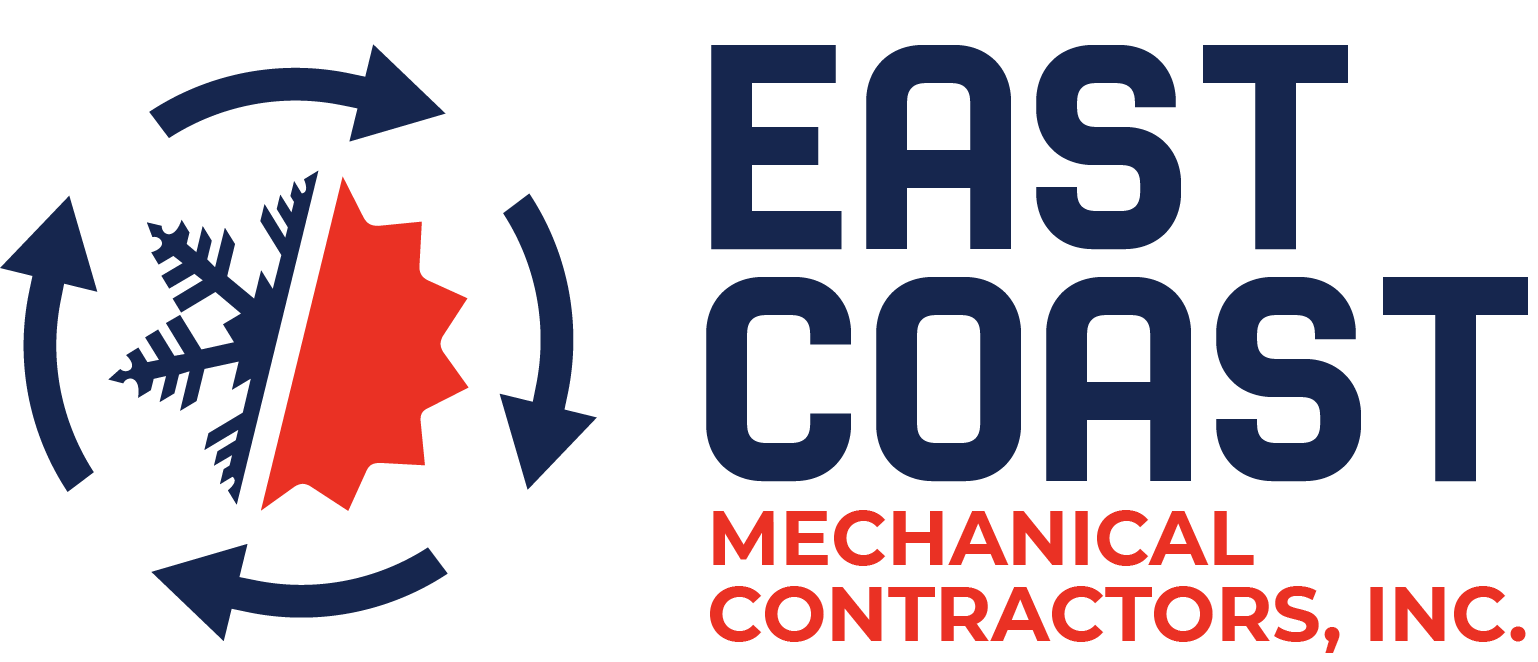On the coldest day of the winter season, the sky was overcast with charcoal clouds and chilly winds were blowing. Overnight the temperature plummeted to minus zero degrees. Everybody was shivering due to cold because the heating system had been ignored. Annual heating maintenance services will keep the whipping frigid wind outside.
A qualified technician will inspect and clean your heating device annually to prepare it for the long running times that are required to keep winter outside and to keep the warm the inside. Proper maintenance of heating systems is required to maintain warranties and prolong the lifespan of the unit. Greater fuel efficiency will save significant money on operating costs. Heating systems include furnaces, boilers, radiators, and heat pumps.
Furnaces
Heating, ventilation, and air conditioning (HVAC) systems are responsible for heating and cooling the home. Products included in the HVAC system are furnaces, air conditioners, heat pumps, ductwork, and thermostats. Annual furnace maintenance is a tune-up that involves checking, cleaning, adjusting, lubricating, and testing all essential components. However, if there is a breathing impaired or immunocompromised resident in the home, twice a year is wiser. Specific services include:
- Checking on the vent systems for any blockages or leaks
- Checking the burner for proper ignition and testing the flame sensor for precise operation
- Checking and cleaning the blower and its components, including removing the blower wheel to ensure that the wheel is free of debris and dirt
- Checking all the belts for signs of cracks or wear and tear
- Checking the air filters in the furnace (A clean filter enhances the furnaces’ workability, while a dirty one reduces the unit’s efficiency by reducing airflow and damaging the critical internal system components.)
- Checking the flue for any obstructions (Failure to check the vent may result in bad indoor air quality. This happens when the duct has a blockage, and the toxic fumes resulting from combustion cannot escape.)
- Ensuring that all electrical connections on the furnace are tight and examining all the wirings for signs of corrosion or rust
- Inspecting the air intake grill for any blockages
- Inspecting the blower’s access door for its tight seal
- Heat changer examination for signs of separation, cracks, or corrosion. A heat exchanger with such damages could allow the dangerous escape of carbon monoxide
- Lubrication of all the moving parts of the motor to reduce friction (When the moving parts are not lubricated, they cause the motor to work extra harder. This requires much more electricity, thus raising energy bills, resulting in the heating system’s premature failure.)
- On the blower motor, performing the amp-draw test and comparing the results with the units listed specifications (This reduces the risk of catching fire and extends the life of the blowers’ components.)
- Testing the calibration of the thermostat (Correcting calibrated thermostat reduces the home’s energy bills by preventing overheating. A well-set thermostat also ensures that the heat in your house is balanced for maximum comfort.)
- Testing all safety controls on the unit (This should include the high limit control that reduces the chances of a fire breakout by preventing the furnace from overheating.)
- Testing the systems startup cycle and ensuring that it’s functioning correctly
Boilers
Boilers need annual service. Inspection and cleaning of the unit prevents costly repairs and keeps the house toasty. The professional technician will:
- Check there are no obstructions
- Inspect combustion air opening for blockages
- Proper ventilation
- Thermostat calibration
- Repair error codes
- Examine the condensate drain line
- Pressure control
- Listen for any abnormal noises
- Inspect the burner flame for burner safety and operation
- Condition and cleanliness of glass gauge
Radiators
Radiator service includes inspection of the unit as well as flush and refill of the radiator fluid.
Heat Pumps
A heat pump is a device that can heat a building by transferring thermal energy from the outside. Many heat pumps can also operate in two directions, heating and cooling the building by moving heat or cold from the enclosed space and ejecting it outside. Because they transfer heat rather than generate heat, heat pumps can efficiently provide comfortable temperatures for your home with 50% savings compared to electric resistance heating such as furnaces and baseboard heaters. Annual service and tune-up are recommended.
Peak Performance Maintenance programs are budget friendly and provide peace of mind that your unit will last for many years to come. Our seasonal furnace or boiler tune-ups are quick, easy, and affordable and should be scheduled once a year. Our experts will clean and inspect your furnace or boiler in the Fall and air conditioner or heat pump in the Spring.

